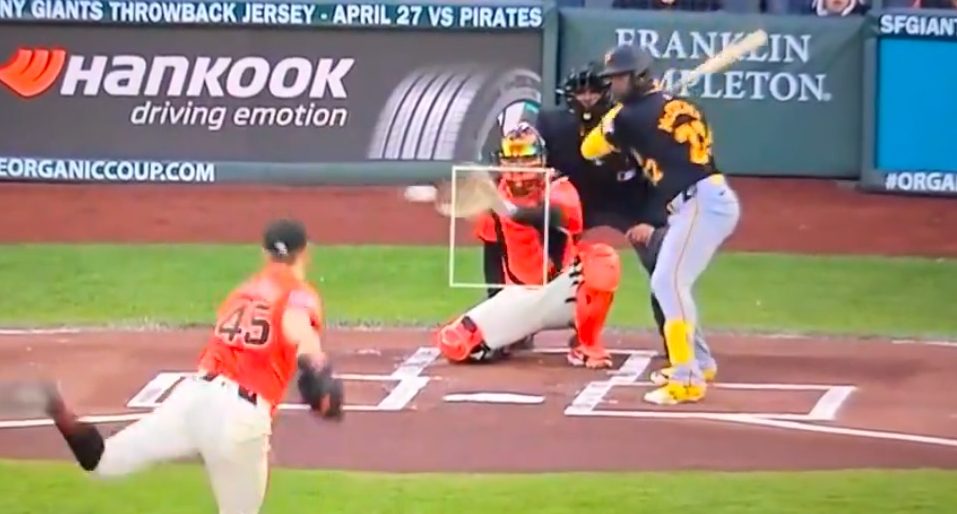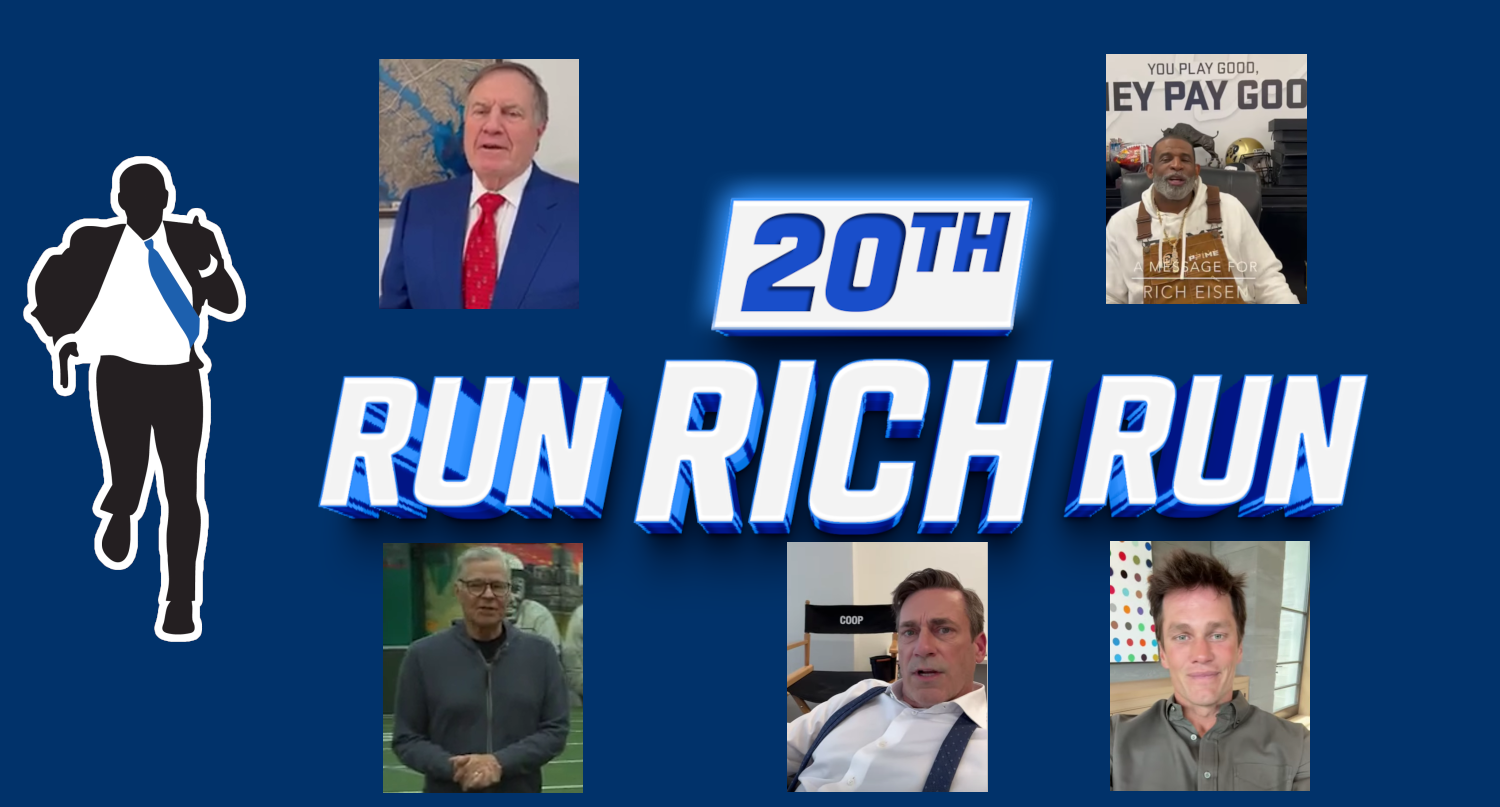If you know someone who covers college sports for a living, buy them a drink for the holidays. It’s been quite a year…every year since 2019.
If progress continues, the 2020s will go down in history as the most defining decade in the history of college sports—over the past almost-four years alone, sports media has covered a cascade of state-and-federal athlete rights bills and laws, a Supreme Court ruling against the NCAA, the advent of the NIL era, a NCAA convention that promised radical change to the structure of college sports, expanded transfer rights for college athletes, the 50th anniversary of Title IX, and the formation of collectives, to name a handful of noteworthy developments. And for many sports fans, these updates came with the realization that the NCAA was lying to them all along: although the players now receive NIL compensation, record-breaking amounts of people still watch college sports.
Although lucrative in terms of viewership across multiple sports, 2023 has been particularly tumultuous off the field. This fall alone, we’ve watched conference realignment unfold like never before, the dissolution of the PAC-12 and the (controversial) College Football Playoff format, multiple lawsuits against the NCAA, and both “super teams” in women’s basketball, and accusations of roster poaching in college football encouraged, in part, by the most expanded transfer rights college athletes have ever seen. Although these rights are still restricted, it’s as close to free agency as college athletes have experienced and much of the discourse around college athletes–whether it’s transfer updates or NIL numbers–mirrors that of their professional counterparts.
That’s not a bad thing–college sports is a business after all–and it’s a trend that’s likely to continue as this trajectory has only been amplified by the NCAA’s latest proposal to actually pay athletes.
Last week, NCAA president Charlie Baker announced a proposal (key word) that would allow Division 1 universities to pay athletes for their NIL and create a new subdivision where universities can allot at least $30,000 to at least half of their athletes in an “advanced educational trust fund.” Although the proposal isn’t perfect, the document itself is enough to make any college sportswriter pinch themselves. Many of us doubted if we’d ever see a time where college athletes could be compensated at all–whether through NIL or otherwise–and these systematic changes, even in the proposal stage, are significant progress for college athletes. If anything, the NCAA is openly admitting its way of doing things isn’t working anymore–a far cry from the historic resistance that got the NCAA into this situation with its back against the wall in the first place.
However, the latest proposal also isn’t the first time the NCAA has changed its tune on athlete compensation. Although the NCAA’s newest proposal has been called “revolutionary,” the real revolution in college sports occurred in 1956, when the NCAA approved the now-commonplace practice of awarding athletic grants-in-aid. College sports had been around, to some capacity, for roughly 100 years at that point, and more and more universities began to sponsor teams. But college sports weren’t popular until the early 1900s when campuses realized the prestige and value (monetary and otherwise) that such programs could bring to their universities. The NCAA was born in 1906 to regulate college sports, and a few decades later, athletic grants-in-aid were offered primarily to reduce under-the-table-payments to athletes. If that sounds familiar, that’s because it is–indirect payments to college athletes were rampant by the 1940s as a way for universities to secure top players and boost their image and bottom line. It was also a blatant violation of amateurism principles that were viewed as noble and honorable at the time so the NCAA adapted to the times much like it’s doing now by fundamentally altering what was considered permissible within the confines of amateurism.
Amending amateurism requirements in the 1950s was a win-win for universities and the NCAA. Grants-in-aid helped universities attract and maintain the best players under then-popular (and freshly “modernized”) amateurism standards, which ultimately assisted them in gaining prestige, visibility, and money through the budding business of intercollegiate athletics under the eye of the NCAA, which, by then, was actively working to solidify the status of collegiate “student-athletes” as non-employees, (also through amateurism). Though athletes were “compensated” via grants-in-aid under new amateurism policies, the NCAA’s end goal to deny them employee rights (which is still present in its latest proposal) was still alive and well, and the guise of amateurism was upheld in the process.

The goalposts of amateurism are always moving and the NCAA’s first edits to the concept were executed, at least in part, to promote and control the business of college sports. In codifying amateurism policies, the needs of athletes took third place, after the needs of the NCAA and universities. It’s no wonder the concept has come under so much harsh scrutiny lately.
Although amateurism is losing popularity, it hasn’t quite hit obsolescence, in part, because it’s hard to hit a moving target–in fact, the strength of amateurism lies in its ability to shapeshift to fit the NCAA’s needs. That’s why, even amid seismic changes to college sports over the past few years, it’s easy to wonder: is amateurism dead yet?
The shortest answer is both yes and no. Although amateurism links back to 19th-century England (with false attribution to the Greeks), the word “amateur” is French and it derives from the Latin term for “lover.” In sports, this translates to the deep love of the game that athletes have for their sport. This romanticization of competitive athletics is responsible, at least in part, for the endurance of amateurism as a concept—there’s something charming, innocent, and pure about the idea of someone doing something purely out of love. And if you have to pay someone to play sports, amateurism argues, they’re motivated by money, not by love. It’s a false dichotomy, to be sure, but it’s a strong one.
But Division 1 athletics is a job and it’s reasonable for athletes to want to get paid for hard work through NIL, scholarships, and direct compensation. Plus, just because you get paid to do something doesn’t mean you don’t love what you do. But the NCAA doesn’t see things this way. According to the NCAA’s Principle of Amateurism, amateurism is necessary to college sports because “student participation in intercollegiate athletics is an avocation,” but to frame college sports so casually when there’s so much money involved is misleading at best. “Avocation” is synonymous with “hobby,” so to call Division 1 football, for example, an avocation is to compare it to a community flag football team. Hobbies don’t require 40-50 hours a week of intense physical labor to enjoy, and there’s just not as much at stake in avocational football as there is in Power Five football.
Take it from Florida State quarterback Jordan Travis, who tweeted “I wish my leg broke earlier in the season so y’all could see this team is much more than the quarterback” following the Seminoles’s exclusion from the College Football Playoff after going undefeated all year and winning the ACC Championship.
devastated. heartbroken. In so much disbelief rn, I wish my leg broke earlier in the season so y’all could see this team is much more than the quarterback. I thought results matter. 13-0 and this roster matches up across any team in those top 4 rankings. I am so sorry. Go Noles!
— Jordan Travis (@jordantrav13) December 3, 2023
That’s not a sentiment from someone who is playing football avocationally or for money alone (and although Travis’s NIL evaluation sits at $1.2 million, it doesn’t seem to impact his love for his team and the sport of football).
Aside from framing college sports as avocational in policy, another of the NCAA’s main amateurism defenses has been that amateurism protects college athletes from “exploitation by professional and commercial enterprises.” But commercialization is everywhere in the multi-billion dollar college sports industry–and commercialization, in and of itself, isn’t a bad thing. Barring athletes from the benefits of commercialization (like revenue-sharing, group licensing, and collective bargaining) by exploiting them doesn’t protect them from anything. Plus, the flimsy (and false) nobility of amateurism can always be drowned by dollar signs, as many have argued FSU’s exclusion from the Playoff in favor of a more lucrative Alabama team, demonstrates. By denying college athletes employee rights and revenue-sharing, and other benefits, as the NCAA’s new proposal would, the NCAA will continue to exploit athletes who generate massive sums of media revenue all in the name of amateurism and paternalistic protection. For a proposal that’s intended to modernize college sports, it looks like the NCAA in many ways, is still stuck in the ‘40s thanks to its death grip on the archaic guiding principle of athletic amateurism.
But here’s why amateurism isn’t obsolete just yet. Amateurism’s most important feature isn’t protection; it’s control, and one of the most enduring aspects of athletic amateurism is its fluidity–amateurism is whatever the NCAA wants it to be. And history is not on the side of the athletes when amateurism is invoked.
Since the 1950’s, the NCAA has controlled the narrative around athlete compensation using amateurism as its defense. The NCAA’s latest proposal is no different in its function. In creating regulations around compensation (what even is an “advanced educational trust fund,” anyway?), the NCAA is once again moving the goalposts on amateurism. Thankfully, it’s a more lenient position than usual and the NCAA is changing with the times under new leadership. There’s also no doubt that the NCAA’s power and legitimacy are waning. But as long as the NCAA can control what amateurism means, amateurism isn’t dead yet–at least not in spirit.







